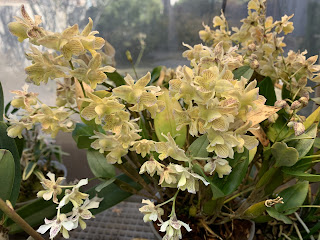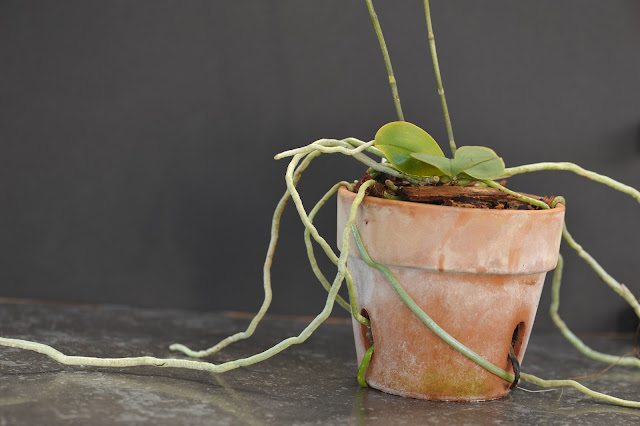I've been working on the roses this January, some got removed, some got planted in the empty spots. I repotted this 'Rouge Royale' today. In all of these cases, something I noticed is that although the tops appear dormant and are not growing, the roots are still growing. They are not just alive, they are actively growing, with new white feeder roots. This is not just in the pots that are above the ground, but in the plants in the ground. This makes me think that the best time to plant roses really is in the fall, not the spring, when most roses are sold. They are mostly fine to be planted in the spring, as they are tough plants and they will survive, but planting in the fall, the roots will have time to grow through the winter and this will give a head start on the growth in the spring, and this means more flowers.












































